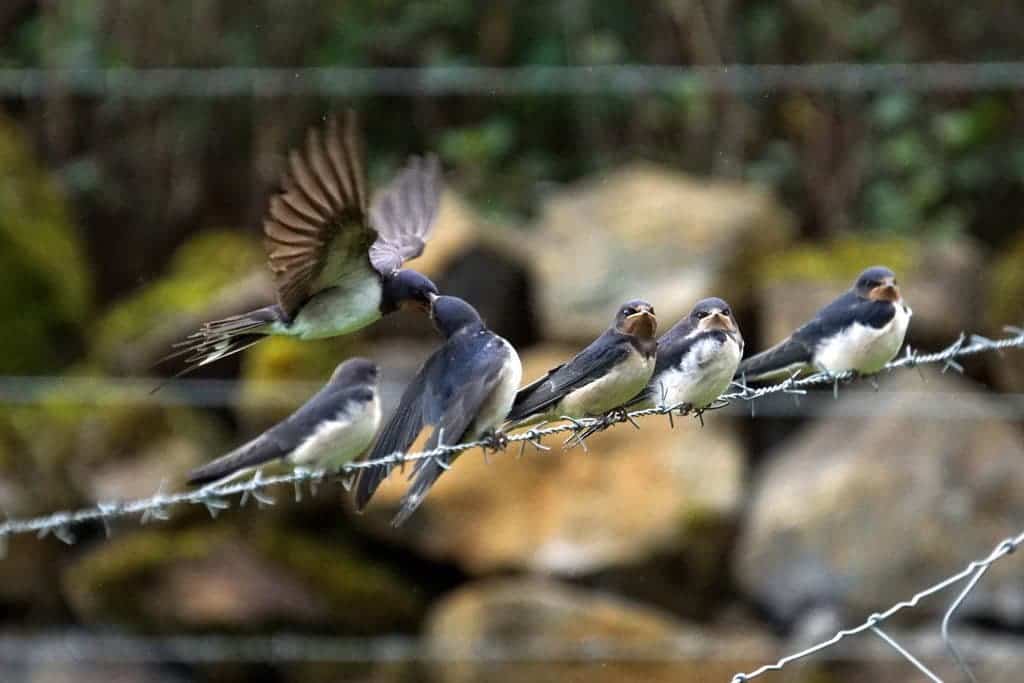Barn swallows don’t just live next to us — they’re probably alive today because of us.

New research from the University of Colorado Boulder reveals that barn swallows (Hirundo rustica) — a species of bird that likes to live in bridges and sheds around the world — might be more intertwined with to us than previously thought. The paper explains that the barn swallow and its subspecies likely evolved alongside humans, as we were building our first settlements.
Neighbours with benefits
“Humans could be a really big part of the story,” said Rebecca Safran, associate professor of ecology and evolutionary biology at CU Boulder and paper co-author.
“There’s very few studies that can point to the exact influence of humans, and so here, this coincidence of human expansion and permanent settlement and the expansion of a group that relies really, really heavily on humans is compelling.”
Barn swallows are found throughout the northern hemisphere. They build mud-cup nests almost exclusively on human structures. Other than the fact that they originate in northern Africa, and that there are six barn swallow subspecies — which are have marked physical and behavioral differences — we don’t really know much about their evolution. Previous research suggested that the different subspecies split early, well before human settlement.
The new study gave the issue a fresh look by analyzing the full genomes of 168 barn swallows. Individuals were selected from the two subspecies farthest apart on an evolutionary scale: H. r. savignii in Egypt (a non-migratory species that lives along the Nile) and H. r. erythrogaster in North America (a species found throughout North America that migrates seasonally to South America). The team employed more sophisticated computational resources and methods than were available for previous studies. This gave them a more complete picture of barn swallow speciation over time (i.e., when the subspecies separated). Their results suggest the process happened much closer to the point in time when humans began to build structures and settlements.

“The previous studies were playing with the idea of potential impact on population sizes due to humans,” said Chris Smith, a graduate student in EBIO and the Interdisciplinary Quantitative Biology program, and the study’s lead author. “Our results suggest a much more substantial link with humans.”
The findings — still preliminary — also suggest that the evolutionary link between humans and barn swallows was struck through a “founder event” — a situation which occurs when a small number of individuals is able to take over a new environment quickly due to abundant resources and an absence of competitors. For the swallows, the founder event may have occurred as they moved into a new, relatively empty environment: human settlements.
“Everyone is always wondering how do you study speciation? It’s been viewed as this long-term, million-year (process), but in barn swallows, we are not talking about differentiation within several thousands of years,” said Safran. “Things are really unfolding rather rapidly.”
The paper “Demographic inference in barn swallows using whole-genome data shows signal for bottleneck and subspecies differentiation during the Holocene” has been published in the journal Molecular Ecology.


